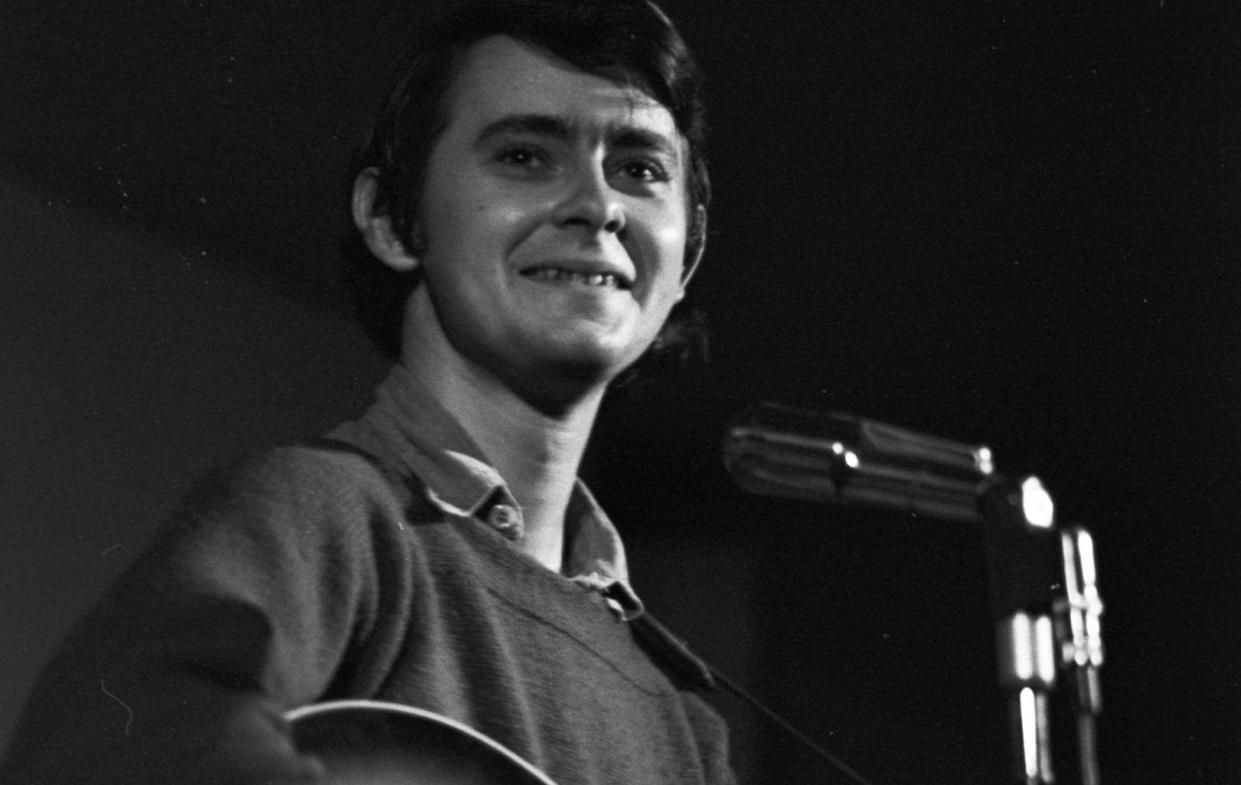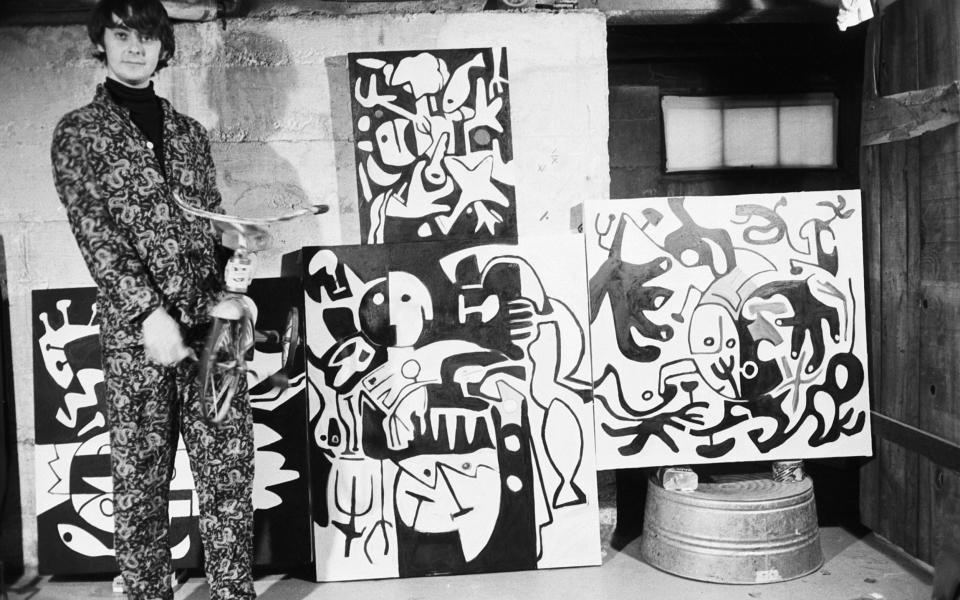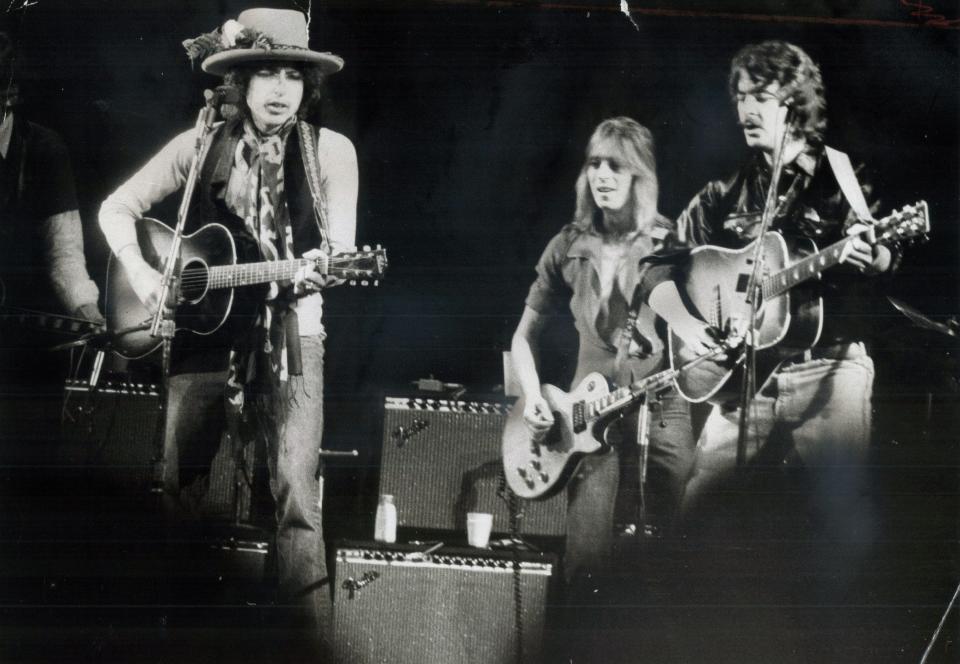Bob Neuwirth, musician and painter who worked with Bob Dylan and co-wrote Janis Joplin’s classic song Mercedes Benz – obituary

Bob Neuwirth, who has died aged 82, was celebrated both as an abstract painter and a bluesy singer-songwriter, achieving his most conspicuous commercial success as co-writer of the Janis Joplin hit Mercedes Benz.
A gospel parody, it typified his caustic humour and anti-establishment mindset, with lyrics which open “Oh Lord, won’t you buy me a Mercedes Benz? My friends all drive Porsches, I must make amends”. It was concocted by Neuwirth with Joplin and the beat poet Michael McClure during a drunken impromptu performance at a New York bar, Joplin going on to record the song acapella three days before her death in 1970.
Neuwirth was an influential and rampaging presence in the New York counterculture of the era, his disdain for popular opinion and support for alternative ideals making him something of a contrary cult figure. Patti Smith called him a “catalyst for action”, while Neil Young described him as “almost a Biblical figure”. T-Bone Burnett claimed that he was “the best pure songwriter of us all”, and, in his autobiography Chronicles, Bob Dylan – who was most closely associated with him – wrote that he was a “Renaissance man”.
Neuwirth himself was contemptuous of fame, and despite his maverick personality, outlandish dress sense and excessive partying, he never sought it for himself. “Being famous is a full-time job,” he said. “You can get so much more done being anonymous.”
Robert Neuwirth was born in Akron, Ohio on June 20 1939, the son of Robert, an engineer, and Clara, a design engineer and painter. Their son took up painting himself aged seven and, as soon as he could, left Akron to study at the Boston Museum School of Fine Art, where he was immediately drawn into the beatnik culture prevalent at the time.
He lived in an apartment next door to the Café Yana, centrepiece of the Boston folk scene, where he watched and was strongly influenced by the blues greats Mississippi John Hurt, Lightnin’ Hopkins and the Rev Gary Davis. Dropping out of art school, he went to France, developing his abstract-expressionist artistic style, while also learning to play banjo, guitar and harmonica, and busking on the streets of Paris with Ramblin’ Jack Elliott.

Back in the US he moved to New York and attended the first Indian Neck Folk Festival in Branford, Connecticut, where he met Bob Dylan – “the only other guy with a harmonica holder round his neck” – and bonded over a mutual love of Hank Williams and Woody Guthrie.
Brutally witty, party-loving, badly behaved and happy ruffling feathers, Neuwirth became a key presence in Dylan’s subsequent rise, encouraging his rejection of the prettified styles endemic in folk music at that time to follow his own path.
He became Dylan’s road manager – he said Dylan offered him “a leather jacket and all the canvas he could paint on” to do the job – and featured heavily in Don’t Look Back, DA Pennebaker’s celebrated documentary of Dylan’s 1965 British tour, achieving some notoriety with his taunting of Joan Baez and Donovan.

It triggered Neuwirth’s interest in film-making and he persuaded Pennebaker to let him borrow cameras for his own shots, going on to assist in the production of its successor Eat the Document, which chronicled Dylan’s 1966 tour of the UK and Ireland. Later on he filmed the Monterey Pop Festival and produced the 2000 concert documentary Down From The Mountain.
Remaining Dylan’s closest confidante, he was pictured – without his face showing – standing behind Dylan on the cover of the 1965 album Highway 61 Revisited. He later played a leading role in assembling the band, playing guitar and co-ordinating the filming of Dylan’s 1975 Rolling Thunder Revue tour, released three years later as the four-hour Renaldo & Clara film. He hung out with Andy Warhol and planned a movie with Warhol’s tragic muse Edie Sedgwick, who died of an overdose in 1971.
Neuwirth became a proficient singer-songwriter in his own right, albeit with no desire for mainstream success. Signed to the Asylum label, he released a self-titled country-tinged album in 1974, but despite including his own version of Mercedes Benz, it was largely ignored, partly due to Neuwirth’s refusal to indulge in any serious promotion. It was 14 years before he made another record, Back to the Front, which found more favour with critics.

Subsequent albums were more adventurous. Last Day On Earth (1994) was an ambitious, experimental and doom-laden collaboration with John Cale; Look Up (1996) included a song written with Patti Smith while Havana Midnight (1999), recorded with the arranger and composer José María Vitier, was a full-blooded attempt at blending folk and blues with Cuban music.
Neuwirth also produced albums by Patti Smith and T-Bone Burnett and devised a charmingly mellow “Stories & Songs” touring show, interspersing his music with live interviews.
Between times he worked on his painting, citing Jackson Pollock as the primary influence on his colourful, abstract style; he always insisted that he saw no difference in painting, music and film, regarding them all as extensions of the same artistic form. “It’s all storytelling,” he said.
Bob Neuwirth is survived by his partner Paula Batson.
Bob Neuwirth, born June 20 1939, died May 18 2022

 Yahoo News
Yahoo News 
